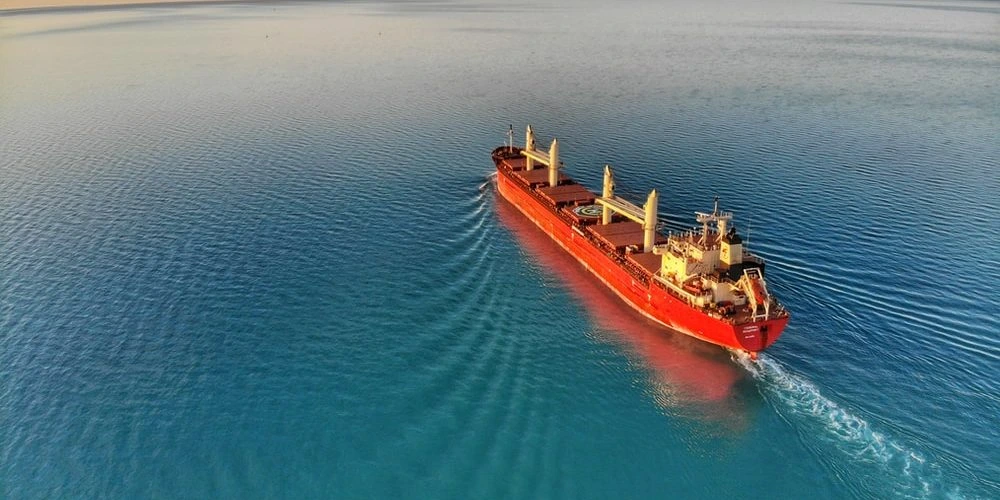Learn how to apply appropriate safety precautions, and understand the legal requirements and operational restrictions involved in shipping dangerous goods by vessel transport. Gain a detailed understanding of International Maritime Dangerous Good (IMDG) Code regulations and practical knowledge of Code requirements, in relation to classification, packaging, vehicle packing and vessel stowage
Key Topics
▪ IMDG Code
1. Key definitions, structure, application, terminology
▪ Regulatory applicability and international conventions
1. IMO/ IMDG background and jurisdiction
2. International agreements and conventions
▪ Classification and identification
1. IMDG Code class hazard definitions and basic terms
2. Use of the IMDG Code Dangerous Goods List
3. Limited and excepted quantity provisions
▪ Packaging
1.Use of the IMDG Code packing instructions
2.General and specific packaging requirements and limitations for all types of packaging
3.Selection of correct packaging for transport by sea
▪ Marking, labelling, and placards
1.Consignment procedures
2. Placarding requirements of cargo transport units
3. How to complete the multimodal Dangerous Goods form
▪ Vessels, CTUs Consignments
1.Segregation and stowage
Curriculum
Day 1
▪ IMDG Code applicability
▪ Classification of dangerous goods
1.The nine hazard classes
2.Maritime pollutants
▪ Dangerous goods list, special provisions and exceptions
1.General provisions
2.Structure of the DG list
3.Abbreviations and symbols
Day 2
▪ Packaging requirements
1.General and specific requirements
2.Type of packaging
3.UN marking for approved packaging
4.Limited quantities and excepted quantities
5.Provisions of construction and testing of packages
▪ Consignment procedures
1.General provisions
2.Marking and labeling of packages including IBCs
3.Placarding and marking CTUs
4.Transport documentation
5.Acceptance of dangerous goods
Day 3
▪ Provisions concerning Transport Operations (handling, loading and unloading of CTUs)
1.Stowage and segregation requirements
2.Safe handling procedures and transport of dangerous goods on barges
3.Special provisions in the event of an incident and fire precautions
4.Temperature control provision
5. Transport of waste
▪ Review
▪ Final examination








